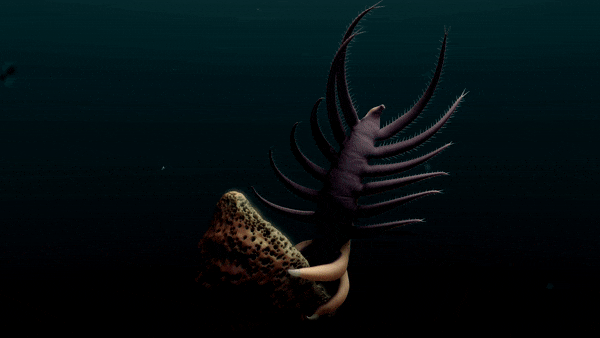
People & Culture
A community’s quest to document every species on their island home
Naming leads to knowing, which leads to understanding. Residents of a small British Columbia island take to the forests and beaches to connect with their nonhuman neighbours
- 4643 words
- 19 minutes






